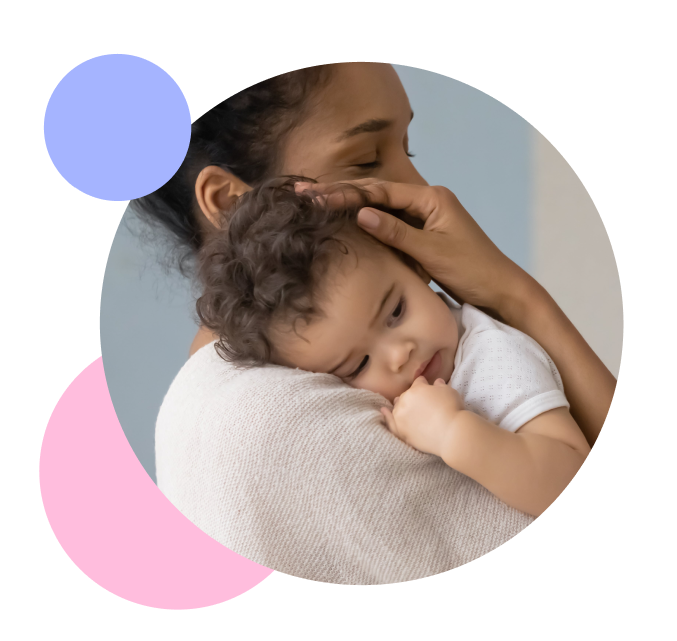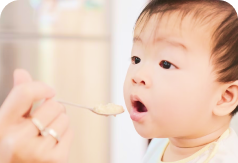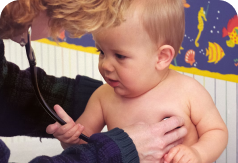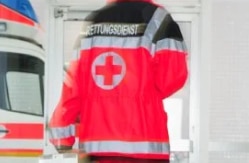
Blood test (RAST)
A small amount of blood is taken to look for the antibodies created to fight the cow’s milk protein – these are called Immunoglobulin E (IgE).
The pathway to a clear diagnosis is a step-by-step process. We’ll help you understand those steps, so you feel prepared for the journey and any visits with your doctor.


Most babies with CMPA experience similar symptoms, namely digestive problems (such as diarrhea, vomiting, constipation and reflux), skin problems (such as hives an eczema), and respiratory symptoms (such as persistent cough and wheezing). Other more general allergy symptoms such as tiredness and disrupted sleep patterns can also occur.

Up to 60% of affected infants have digestive symptoms
Digestive System

Up to 30% of affected infants have digestive symptoms
Respiratory System

Inconsolable crying is very common in infants with CMPA, while anaphylaxis is very rare.
General Symptoms

Anaphylactic shock is a severe, immediate, allergic reaction, which can affect many organ/systems
Anaphylaxis

Before making a diagnosis your doctor will first need to examine your child and ask you in detail about their symptoms. If they suspect that CMPA may be a cause, they may undertake a range of different tests such as a blood test or skin prick or the elimination diet followed by the food challenge.

A small amount of blood is taken to look for the antibodies created to fight the cow’s milk protein – these are called Immunoglobulin E (IgE).

The skin is scratched first and a tiny amount of the food / allergen is added to the skin, to see if there’s a reaction.
The very best way for your doctor to confirm or exclude the diagnosis of CMPA is through an elimination diet, which involves eliminating cow’s milk proteins from your baby’s diet, followed by food challenge, in which cow’s milk protein is reintroduced.
Please note: it is important that you don’t experiment with a cow’s milk-free diet for your baby without recommendation and guidance from your doctor. Your doctor will be able to advise you on the best course of action, based on the age of your baby and the severity of the symptoms.

If a diagnosis of CMPA is confirmed your doctor will advise you on the best way to manage your child’s condition.
If your baby is diagnosed with CMPA it shouldn’t impact your breastfeeding routine at all. Mothers are encouraged to continue breastfeeding, though usually with cow’s milk protein removed from their own diet. This should happen under qualified dietary counselling.

CMPA can be managed with the right dietary changes and feeding, We’ve developed tailor-made nutritional solutions to help you find that routine.
See the range

Millions of families live with CMPA and everyone’s solutions are unique to them. Hear how other families have found their ‘normal’, and get practical tips on weaning and feeding.
Learn more